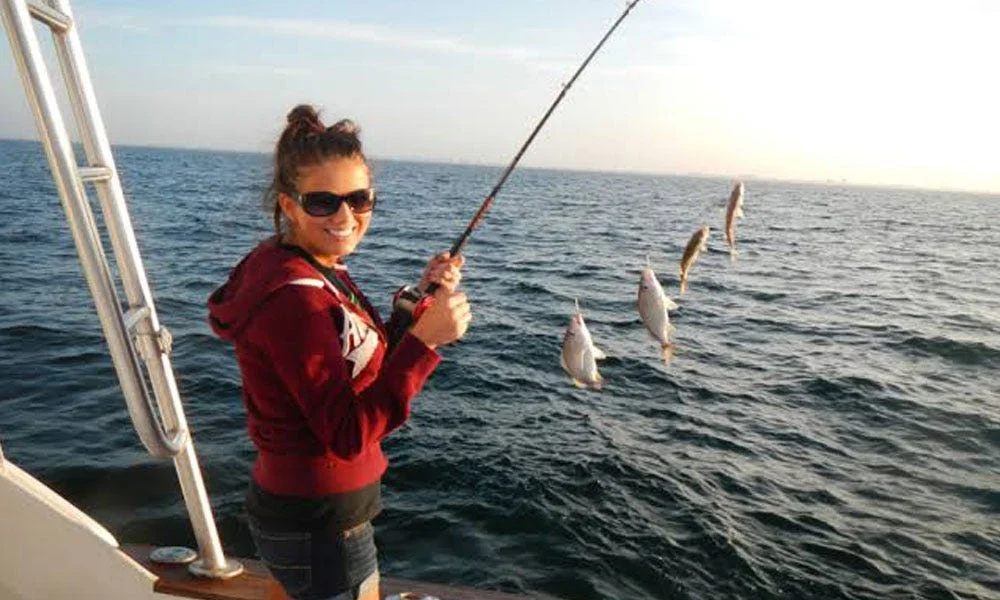While chasing waterfalls, crossing rivers, and streams, our shoes get wet. Nobody likes to wear wet shoes. Wet shoes can lead to some smelly odors. The proper footwear is essential for any sport or activity since it allows you to perform at your best while also offering enough protection.
Do you believe that any shoe will suffice in the water? Reconsider your position. If you’ve ever stepped on a jagged rock with bare feet or slipped on a dock while wearing flip flops, you already know why water hiking shoes are essential: safety and traction.
What do water shoes do?
Unlike water sandals, water shoes have a closed-toe structure that protects your toes and feet when you paddle, float, walk, or beachcomb. Water shoes, unlike conventional sneakers, are often composed of permeable fabrics or dry fast, ensuring that your feet don’t squish about in soaked footwear.
Benefits: –
- SECURITY AND PROTECTION
The majority of water shoes feature thick bottoms and cover the entire foot. These qualities are crucial for keeping your feet safe from scorching surfaces and sharp items like rocks and shells.
- QUICK-DRYING AND LIGHTWEIGHT
You shouldn’t feel like you’re walking around with two anchors on your feet. When non-water shoes get wet, they become heavier, disturbing the smooth, fluid movements you want in underwater footwear and adding weight when you’re not immersed. Water shoes, on the other hand, are intended for use on both wet and dry terrain.
- COMFORT LEVEL
Comfort & warmth are two words that come to mind when thinking about comfort and warmth. Water shoes are flexible and composed of mesh material to improve breathability and keep feet cool. This enables better water flow when immersed and drainage when not submerged.
WHICH OCCASIONS SHOULD THEY BE WORN?
These activities need the use of water shoes:
- Kayaking and other paddle sports, tubing, boating, and fishing are some of the water sports available.
- Wetland Hiking
- Out-of-Pool Safety When Swimming
- Aquatic Fitness: Rivers and Oceans



